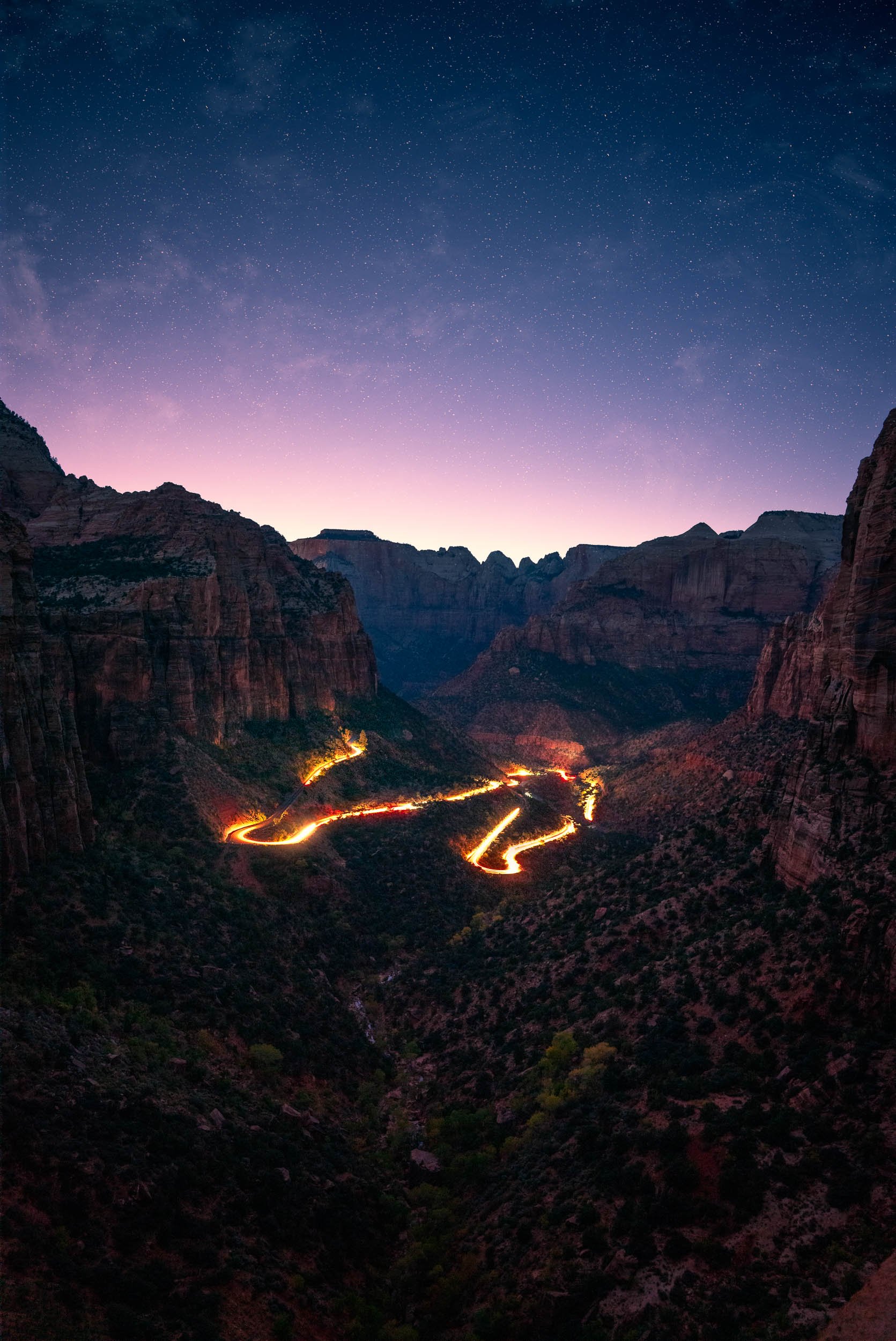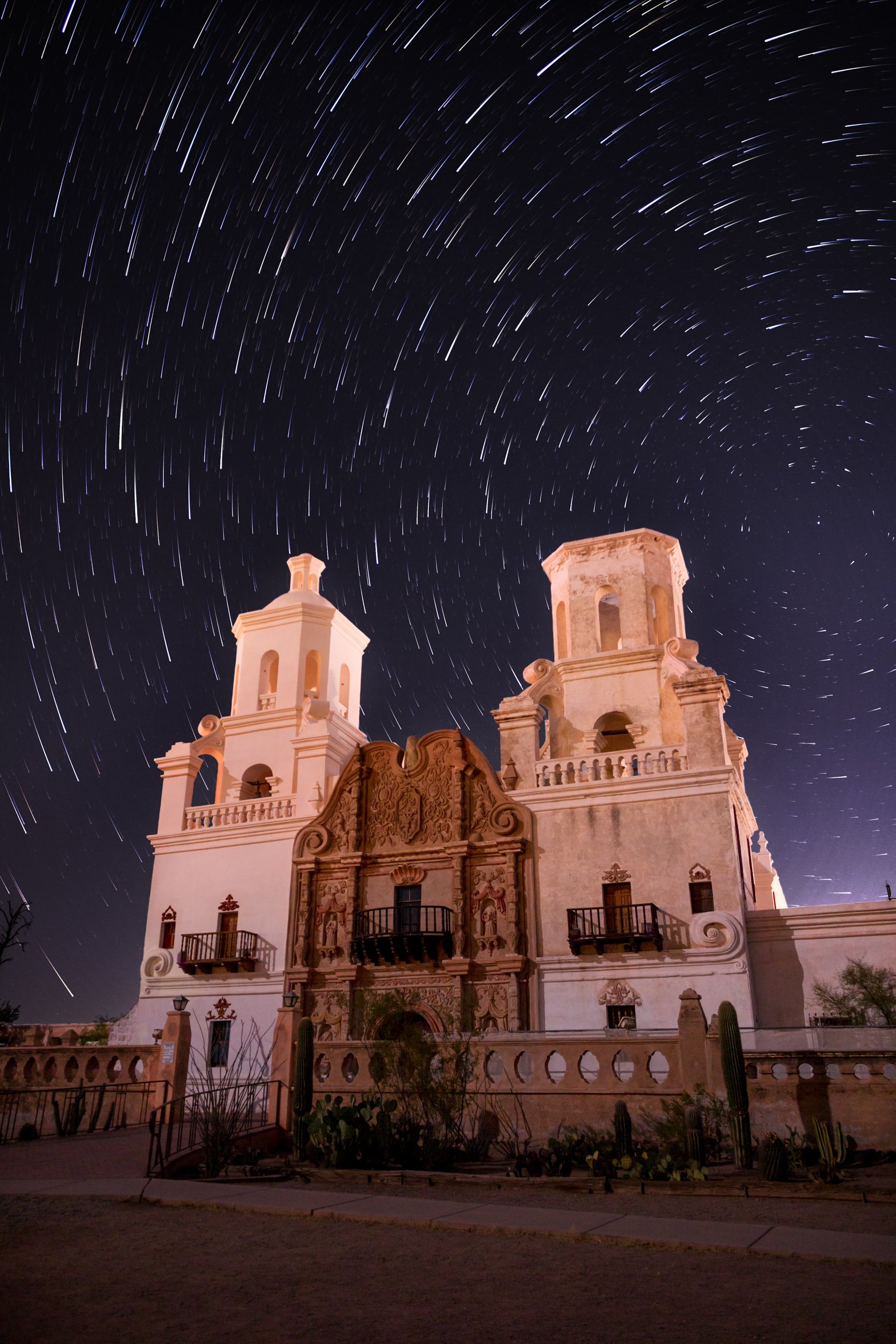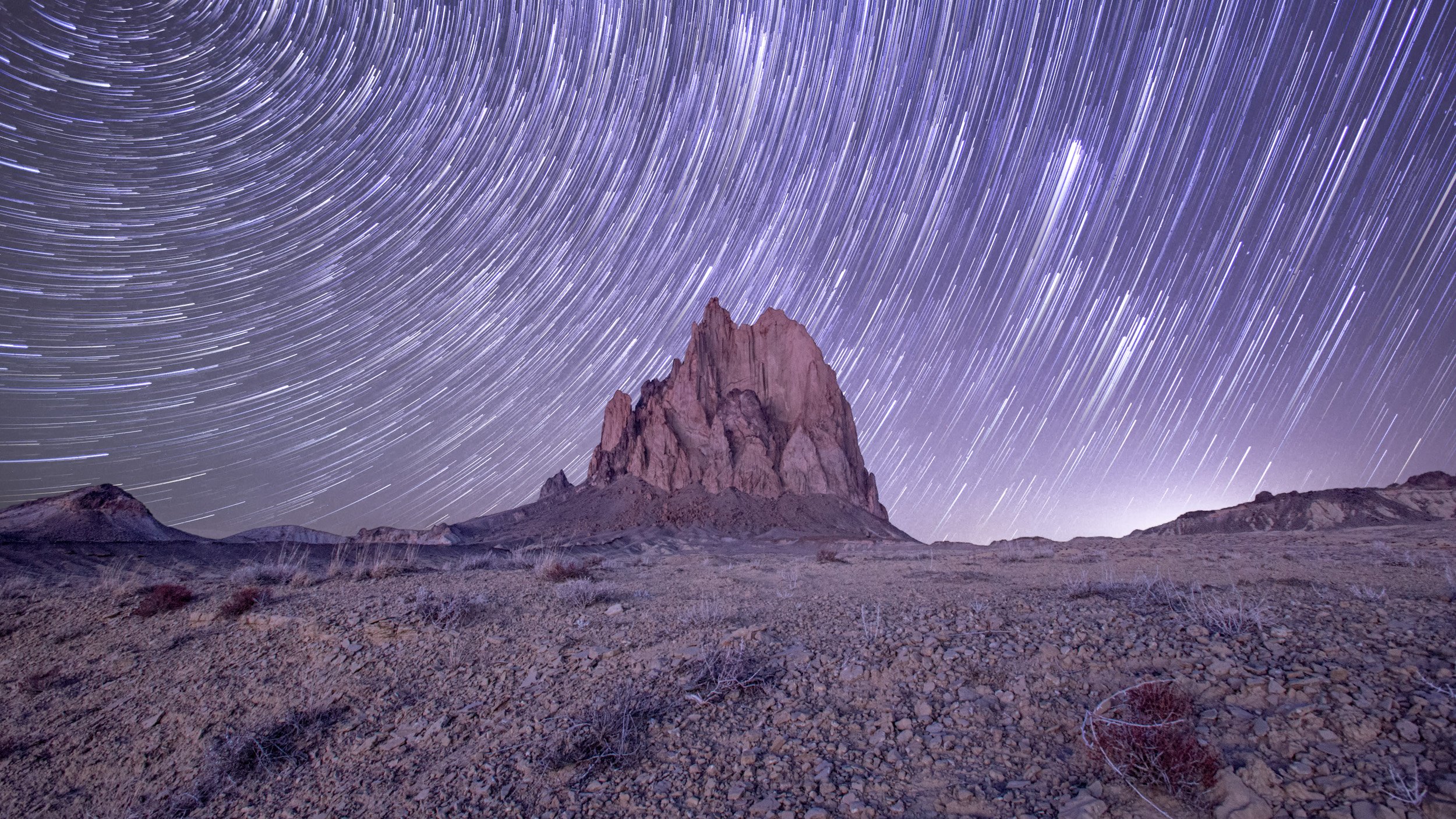What’s in the Sky - June 2025
June 2025 Astrophotography Events
June brings long, warm nights and some of the best opportunities of the year to get outside and stay out late. While the skies are a little brighter this time of year, don’t let that discourage you there are still plenty of chances to enjoy astrophotography, with key lunar phases, the solstice, and even a day dedicated to your camera!
Here’s a look at what’s happening in the night sky this month!
Key Events for June 2025
June 11: Strawberry Moon
What to Expect: The Strawberry Moon rises mid-month, casting its golden glow across summer landscapes. While full moons aren't ideal for deep-sky imaging due to the brightness, they’re fantastic for photographing moonrises over the horizon or using the moonlight to illuminate foregrounds for wide-angle compositions.
Tips:
Shoot at Moonrise: Plan your shot around moonrise, when the moon appears larger and more colorful near the horizon. This is the perfect time to capture it rising behind mountains, trees, or buildings for scale and storytelling.
Balance Exposure Carefully: The full moon is bright! Use spot metering or manual exposure to avoid blowing out details in the moon’s surface underexpose slightly to retain texture.
June 21: Summer Solstice
What to Expect: The longest day of the year marks the official start of summer in the Northern Hemisphere. While the nights are shortest this time of year, they’re also warm and comfortable—perfect for scouting new locations or capturing twilight scenes. Civil twilight lingers for hours at higher latitudes, offering extended shooting opportunities even after the sun sets.
Tips:
Embrace the Golden Hour: With the longest day of the year, you get extended golden and blue hours, ideal for capturing glowing light and colorful skies.
Capture Civil Twilight: After sunset, civil twilight lingers, use it for clean compositions with balanced ambient light in your landscapes.
June 25: New Moon
What to Expect: The New Moon means no moonlight interference, just dark skies, perfect for astrophotography. June is prime time for photographing the Milky Way’s Galactic Core, especially in the early morning and late evening hours. It’s also an ideal opportunity to practice stitching Milky Way arc panoramas as the core stretches across the sky.
Tips:
Milky Way Imaging: The Galactic Core is high and bright this time of year.. Use apps like PhotoPills or Stellarium to time your shots and align your compositions with interesting foregrounds.
Deep-Sky Objects: While Orion has dipped below the horizon, summer constellations bring new opportunities. Try photographing globular clusters like M13 in Hercules or nebulae like Lagoon and Trifid in Sagittarius—both are beautifully placed for longer exposures under moonless skies.
June 29: National Camera Day
It’s a fun, unofficial holiday celebrating the tool we all love most, our cameras! Use the day to get out and shoot something new. Whether it’s a golden-hour landscape, a starry night sky, or a macro shot of summer blooms, take this opportunity to create something just for yourself.
Bonus Idea: Share a behind-the-scenes shot of your gear setup or post your favorite image of the year so far and reflect on how far you've come.
Upcoming Workshops
Ongoing June Opportunities
June invites astrophotographers into the heart of summer, where warm nights and vibrant landscapes offer the perfect canvas for creativity. With the Milky Way’s Galactic Core rising high, the Summer Solstice bringing the longest days of the year, and clear skies stretching late into the evening, this month is full of opportunities to refine your skills and try new techniques.
The rich greens of early summer, wildflower blooms, and dramatic skies after late-day storms bring a sense of life and motion to your foregrounds. These seasonal elements help ground your celestial images in a strong sense of place, making each frame feel like a personal story of the season.
Ongoing June Opportunities:
Milky Way Arcs: June is one of the best months to capture full panoramas of the Milky Way stretching across the sky. Try shooting just after the new moon for the darkest conditions.
Nightscape Blending: Take advantage of the late twilight to shoot foregrounds in soft, ambient light, then blend them with tracked sky shots for clean, detailed composites.
Timelapse & Motion: Short nights still offer great chances to create time-lapses of the stars moving across the sky. Use the lingering twilight for smooth transitions from dusk to dark.
Storytelling in the Landscape: Use seasonal elements like tents, campfires, wildflowers, or even distant thunderstorms to add scale and narrative to your astrophotography.
June is all about atmosphere, movement, and connection between land, sky, and the stories you want to tell. Whether you're chasing the arc of the Milky Way, practicing new blending techniques, or simply enjoying a night under the stars, it’s the perfect month to slow down and create with intention.
On-Demand Course: If you’re struggling with editing or just need a refresher, check out my on-demand course Astrophotography Editing Essentials! Over 2 hours of editing content you can walk through at your own pace!
Tips for June’s Events
June’s skies bring the heart of Milky Way season, warm nights, and the longest days of the year—perfect for both creative experimentation and comfortable night shooting. From capturing the Milky Way’s full arc to making the most of the New Moon and Summer Solstice, these tips will help you take advantage of everything June has to offer.
2. Maximize the New Moon Window
Schedule Ahead: The nights surrounding the June 25 New Moon offer the darkest skies, mark your calendar and prepare your location ahead of time.
Target Summer Objects: Focus on deep-sky objects like the Lagoon Nebula, Trifid Nebula, or M13, which are high and bright in early summer skies.
Use Low-Level Lighting: Gently illuminate your foreground with low-level LED lights or dim headlamps to create depth without overpowering the stars.
1. Photograph the Milky Way Arc
Plan for Alignment: Use tools like PhotoPills or Stellarium to time your shoot when the Galactic Core is fully visible and arcing across the sky, typically late evening to early morning in June.
Shoot Vertical for Panoramas: Capture multiple vertical frames with at least 30–50% overlap to create smooth, high-resolution stitches of the full Milky Way arc.
Include Foreground Interest: Position elements like rock formations, trees, or tents to anchor your composition and enhance visual storytelling.
4. Celebrate National Camera Day
Try Something New: Use the day as a reason to experiment, try an astro self-portrait, shoot a timelapse, or revisit a favorite composition with a new approach.
Document the Process: Share a behind-the-scenes look at your setup or your editing workflow to connect with and inspire others.
Reflect on Growth: Post a side-by-side of your early astrophotography versus your recent work, it’s a great reminder of how far you’ve come.
3. Use Solstice Twilight Creatively
Capture Blue Hour Glow: June’s extended twilight is ideal for blending ambient light into your foregrounds before the stars fully emerge.
Plan for Transitions: Shoot a sequence that spans sunset through nightfall to tell the story of the shifting light and season.
Silhouette with Purpose: Use the low angle of the sun to create dramatic silhouettes, perfect for incorporating people or natural features.
Looking to fast-track your photography skills? My Astrophotography Foundations ebook covers essential techniques in depth.
Wrapping Up June
June is a rewarding month for astrophotographers, offering warm nights, dark skies around the New Moon, and prime visibility of the Milky Way’s Galactic Core. It’s the perfect time to refine your panoramic techniques, explore new compositions under moonlight, and take advantage of extended twilight for creative blends. Whether you're capturing full arcs of the Milky Way or experimenting with timelapses and star trails, June sets the tone for an inspiring summer season of night photography.
Ready to elevate your astrophotography game? Explore my blog for more tips, tutorials, and inspiration to make March a standout month for your portfolio!












